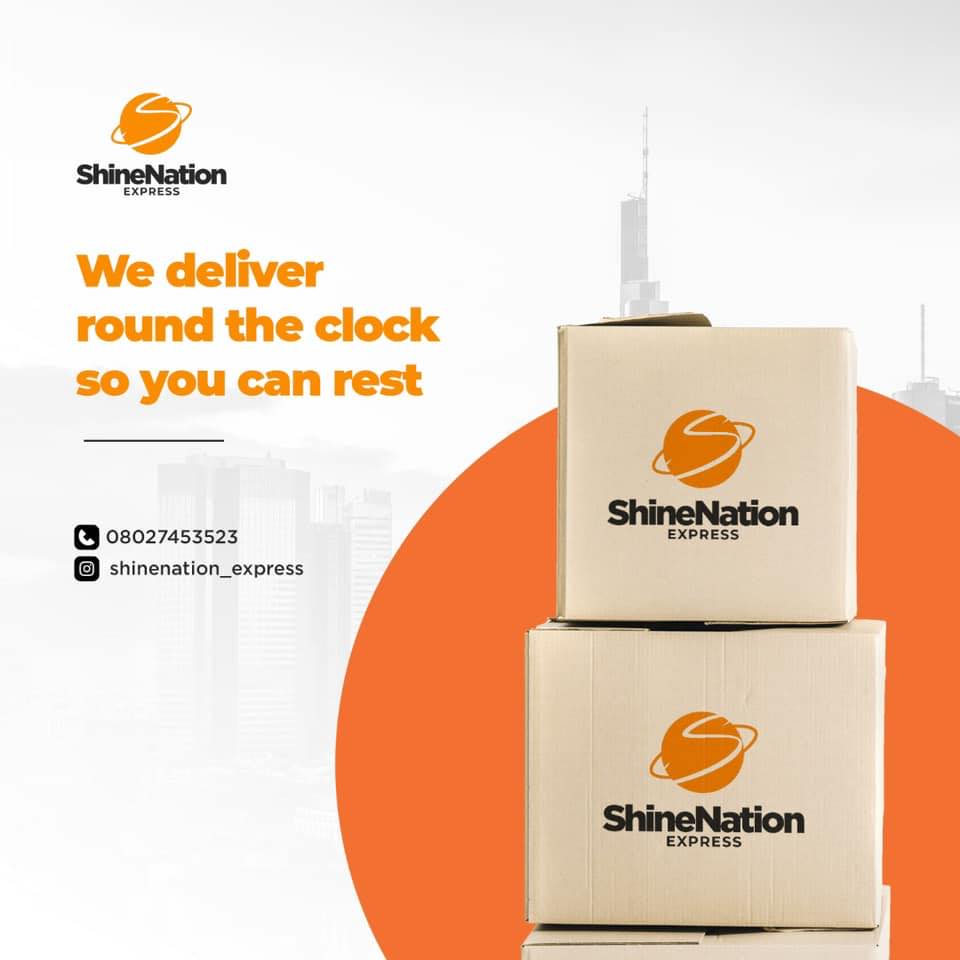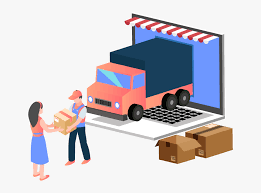Supply chain best practices will turn your supply chain into a revenue driver for your business.
Improving logistics and supply chain has become a top priority for many businesses recovering from recent supply chain disruptions. Terms like “supply chain resilience” have become buzzwords in the industry, but it can be hard to find practical tips to actually build resilience into your supply chain. These five supply chain best practices will help merchants of all sizes to achieve flexibility and efficiency to thrive in spite of disruptions.
Supply Chain Best Practice like Treating Logistics as an Essential Business Process
Handling logistics should not be viewed as something external to your business practices — quite the opposite. In fact for many SMBs, finding the right logistics solution is integral to business success. Prioritizing logistics strategy in early phases of business development can position your business for rapid and sustainable growth.
Supply chain issues showed many businesses — from large retailers to small merchants — that a disruption to the supply chain means a disruption to sales. Or as Mark Livingston of YBell Fitness put it, “You can have the best product and best sales platform in the world, but if you can’t get your product to your end customer, you’re dead in the water.”
Supply Chain best practices YBell Fitness quote, Mark Livingston
Optimizing fulfillment to meet customer expectations for fast and affordable shipping can actually drive sales at the top of the funnel. Our 2021 consumer survey showed that 69% of consumers more likely to click on an ad that mentions fast and free shipping.
What’s more, delivery promises can have a significant effect on cart conversion rates as well. Our recent merchant survey data revealed that 65% merchants saw cart conversion rates increase by as much as 25% when same day day delivery was offered at checkout, and 59% of merchants saw more repeat customers with a 1-2 day delivery promise.
Optimizing a sales strategy without optimizing your supply chain to support those sales will ultimately lead to negative customer reviews, poor retention rates, and complicated or overpriced fulfillment solutions.















